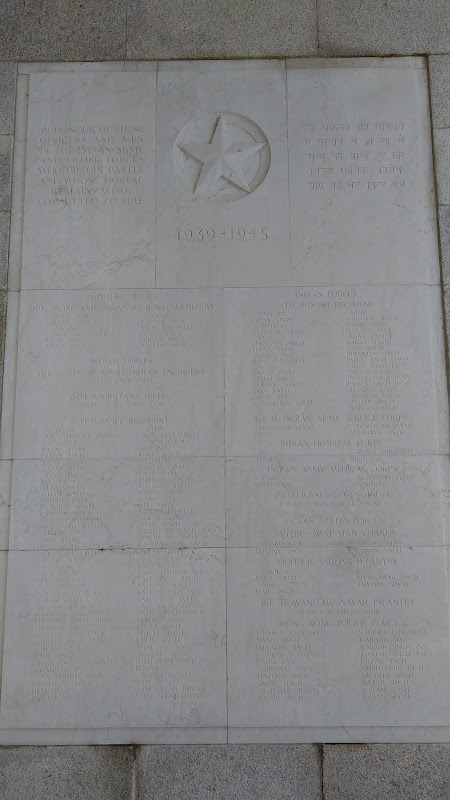The original article was written for the Hong Kong Gardening Society
The members of Bauhinia spp. (羊蹄甲屬) are so common in Hong Kong that many of our gardens have at least one or two. They are quite hardy and adapt to trimming too (or even hard pruning, although this is not generally preferred in arboriculture practice).
Amongst all of them, Bauhinia x blakeana (Hong Kong Orchid Tree 洋紫荊) is perhaps the most commonly planted Bauhinia. This is not simply because it is our city flower; with its bright purplish colour and relatively long flowering period makes it a promising ornamental tree. B. blakeana’s blossom lasts from spring to late autumn, while its pinkish counterparts B. purpurea (Purple Camel’s Foot 紅花羊蹄甲) and B. variegata (Camel’s Foot 宮粉羊蹄甲) flower in late autumn and early spring respectively.
 |
| Colour of Purple Camel's Foot varies from almost white to pink |
 |
| Hong Kong Orchid Tree flower in bright purple |
Sometimes, a careful inspection of a bunch of Bauhinia spp. may result in a fascinating discovery. Two types of flowers – some belonging to the Hong Kong Orchid Tree and others belongings to Purple Camel’s Foot - may appear on the same tree! The bright purple flowers of the former usually appear on most of the crown, with some bundles of pinkish flowers of the latter lying low close to the trunk base. But occasionally, one may also be able to find a tree with both types of flowers forming the whole canopy in a way more or less half-and-half, side-by-side. The flower of Camel’s Foot (B. variegata) rarely joins this matrix, however.
 |
| A Bauhinia tree having both types of flowers |
 |
| grafting point on Bauhinia x blakeana trunk |
Pay attention to the grafting point of a Hong Kong Orchid Tree, which tells the quality of grafting. If the part above the grafting line has obviously swollen, this reveals some internal blockage of sugar transport. An improper connection of the scion and root stock indicates the chance of massive suckers, and also casts doubts on the stability of the grafting point (or called graft union), which may break sharply.


















































